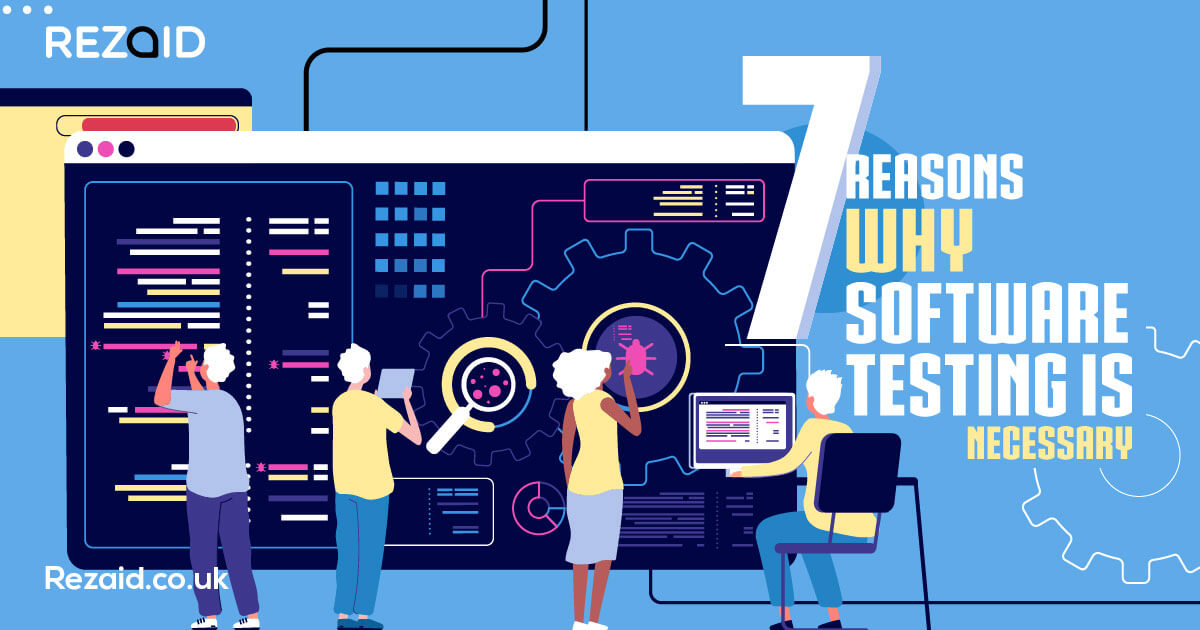
In an increasingly digital world, identity verification is becoming more and more important. For developers working on such software, there’s no margin for error; an identity verification software that fails to do its job could lead to fraud. Identity verification software is a crucial step for gaining your customers trust and preventing fraud. Find out how to run the right tests with verification software for your business to make sure that it is verifying identity correctly.
The difference between the positive and negative flow
Positive flow is used to authenticate a user, while the negative flow is used to reject a user. You’ll see these terms often in the context of identity verification software testing. In general, positive flow is known as “acceptance” and negative flow is known as “rejection”; this terminology can vary depending on the technology being tested.
The purpose of negative flows is to prevent unauthorized access to an application by rejecting or blocking users who are not authorized to use it. A good example of this would be restricting access to an e-commerce site based on geographical location or IP address range; if an IP address doesn’t fall within the required range, then that device wouldn’t be able to log into the e-commerce site and make purchases from it.
Liveness detection
Liveness detection is a specific test for liveness. It is used to determine whether or not a user is actually interacting with the system and not just simply viewing it. Liveness detection can be performed in several ways, but it generally involves using some sort of input from the user—such as pressing a button—and then analyzing that data to see if it matches what you would expect if they were actually typing into the page or clicking around on your app.
Reviewing for data consistency
Similar to the previous test, consistency is a crucial component of identity verification software. Data that doesn’t match up can be problematic and may lead to errors in the final results.
The first step in this testing is to ensure that all fields populated with data (such as birthdate or DOB) are verified by an independent source such as a government agency or social security number. If a user has entered their information into multiple systems, it’s possible for these dots not to connect if no central system manages them. You should also check for duplicate records within your database because this can indicate there was some kind of error or misuse of your system. Finally, analyze how well connected each record is; if there are large gaps between entries it could mean someone has been using fake information or simply hasn’t updated their information since signing up for an account on one of your sites/apps/services previously owned by another company before being acquired by yours due to time passing.
Procedural checks
Procedural checks are the most basic of all identity verification software tests. They verify that the right person is signing a document, at the right time and place. These two elements—person and time/place—can be broken down further into finer details:
Person: The first step in procedural checking is ensuring that it’s you who has signed on the dotted line and not someone else pretending to be you. There are several ways to accomplish this.
Fingerprint scan + photo match:This method requires both an actual ID document or proof of age as well as fingerprint scans, which can then be matched against fingerprints taken during sign-up for identification purposes. The benefit here is that this approach is highly accurate and very quick; however, it can also be more expensive than other techniques because it requires more equipment (the scanners themselves) than simply using face recognition technology alone would require.
Conclusion
These are just a few of the core tests you should look for in an identity verification software system. You can use this list as a guide to help choose your next security-related software purchase, whether it be for identity verification or something else. As with any software, the best product is not always what was first released in the market. And so it’s important to keep up with new developments in the space to ensure that you get the right software for your needs.

